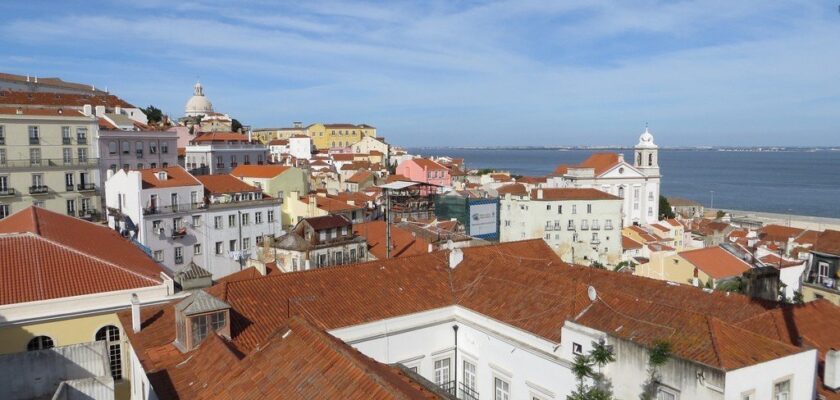Church of St. Engracia (National Pantheon of Portugal)
The Church of Sant’Engracia, also called the National Pantheon of Portugal, is one of the most impressive works of architecture in Lisbon, belonging to the Portuguese Baroque. The Church of Sant’Engracia is a majestic pink marble structure topped by a huge dome. From the roof at the base of the dome, at a height of 80 meters from the observation deck, you can see the city and the Tagus River. The portico of the main entrance of the church is supported by four columns. The distribution of the interior of the church follows the classical Greek cross scheme with four naves connecting in the form of a semicircle.
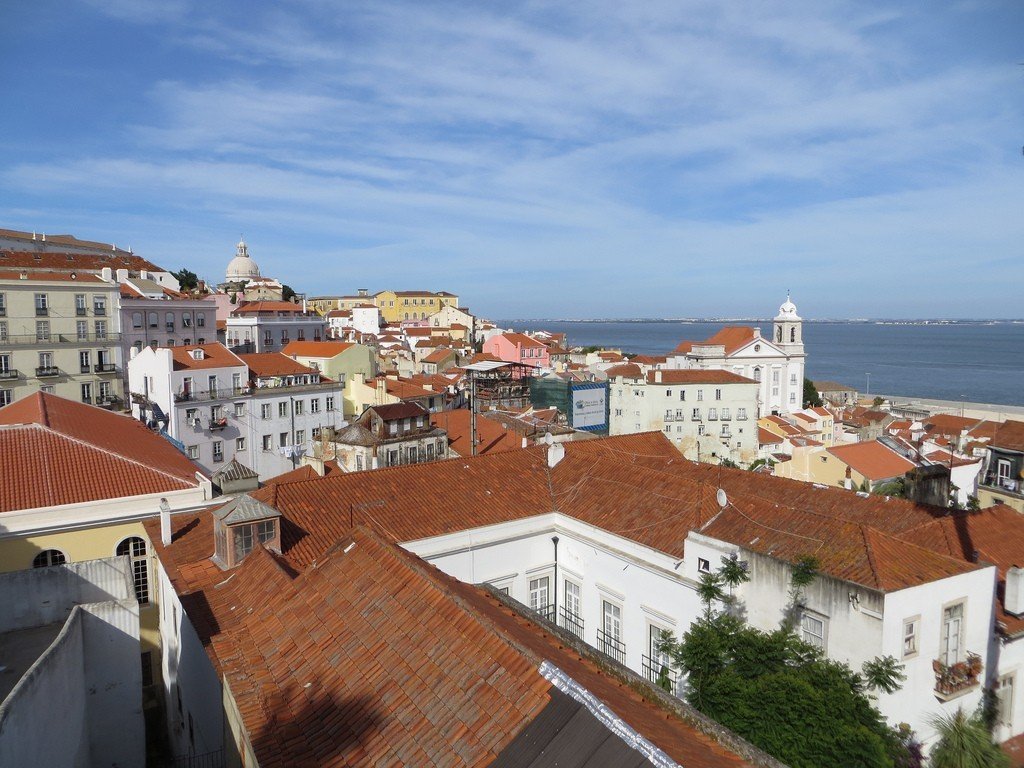
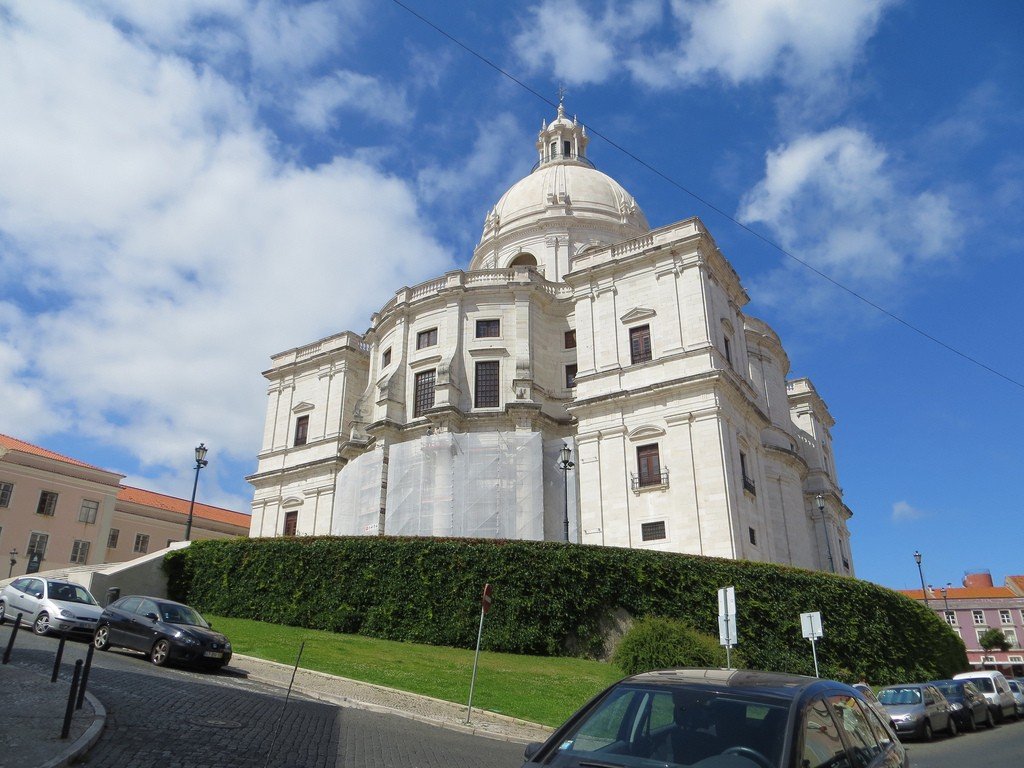
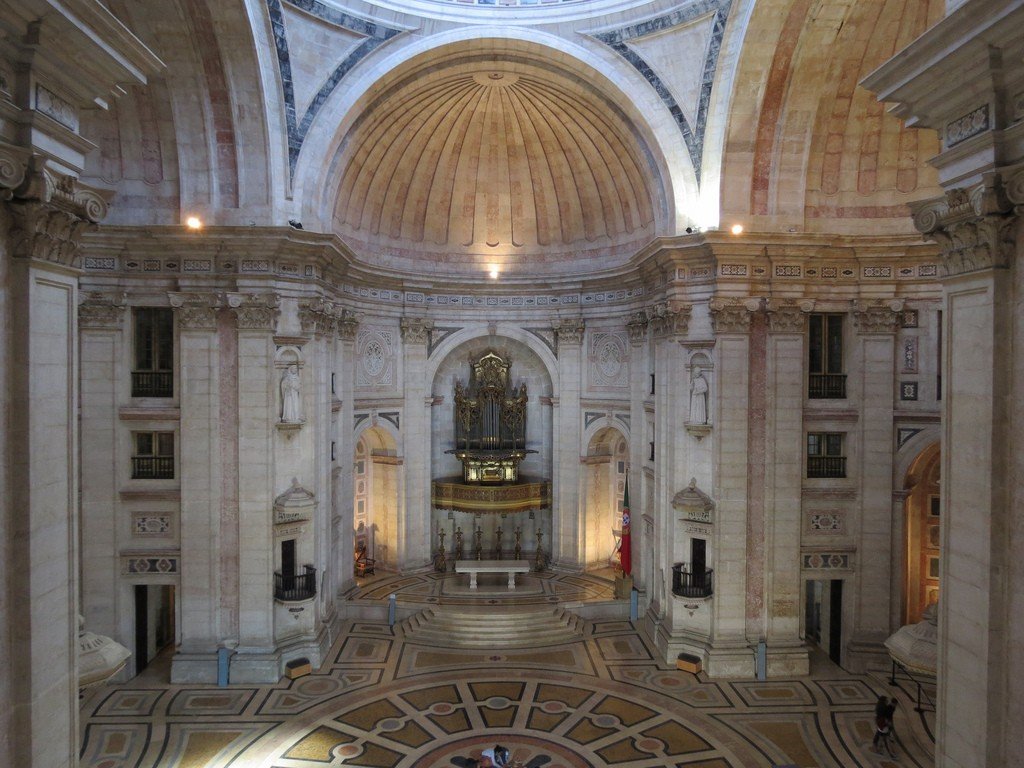
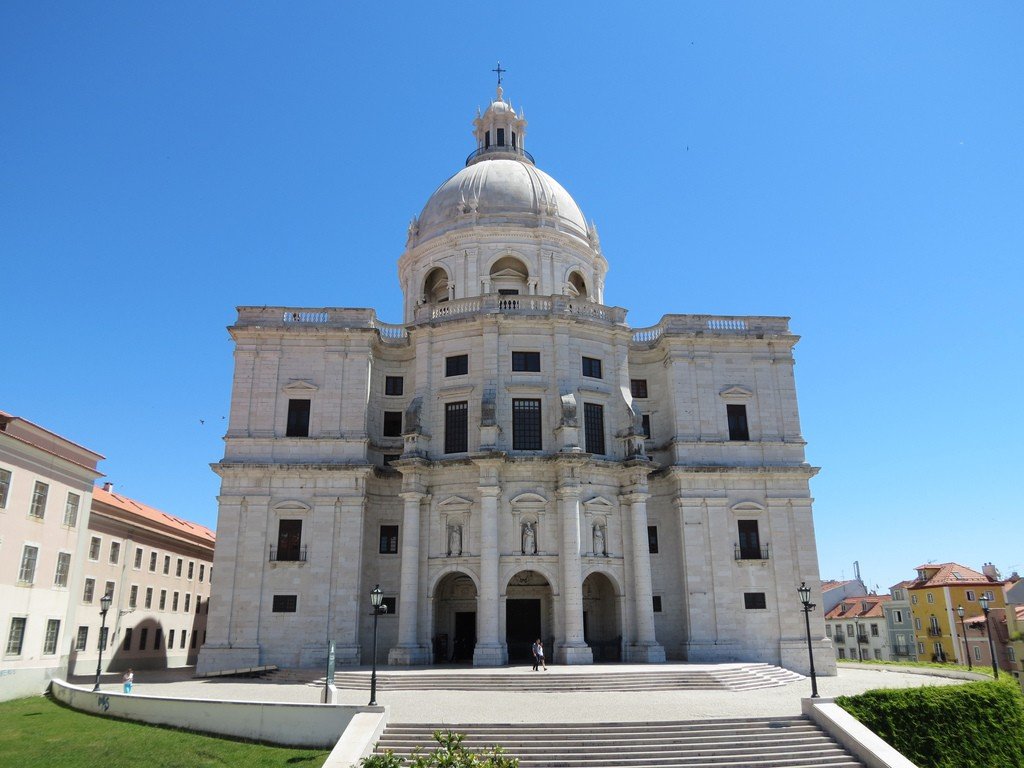
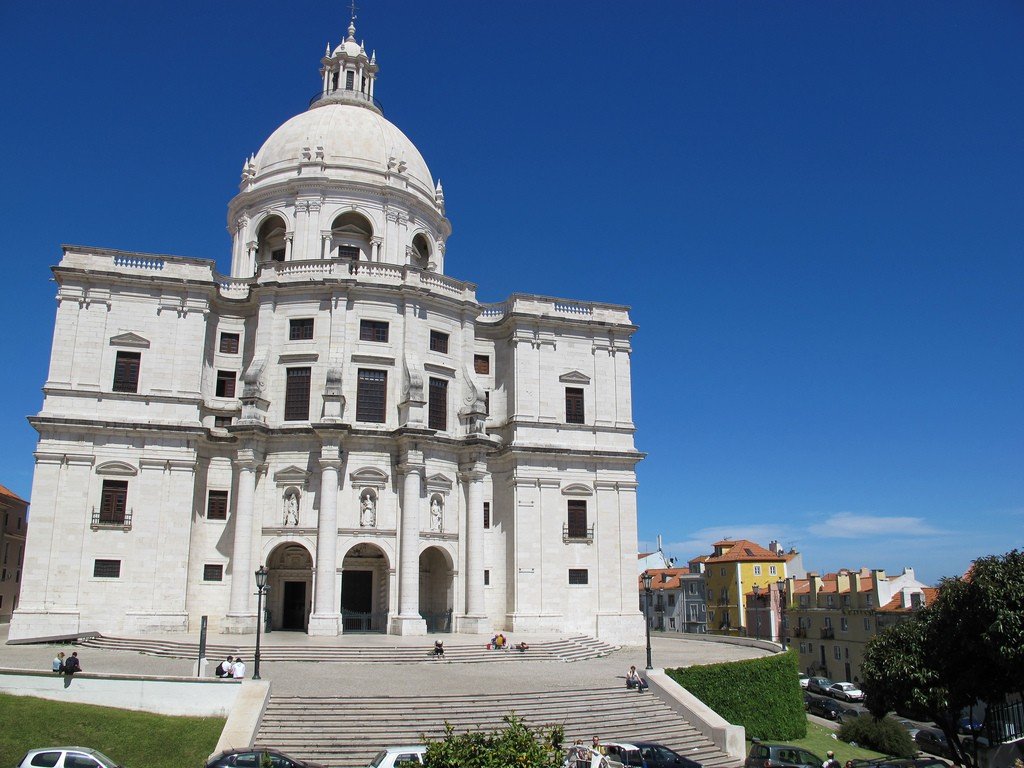
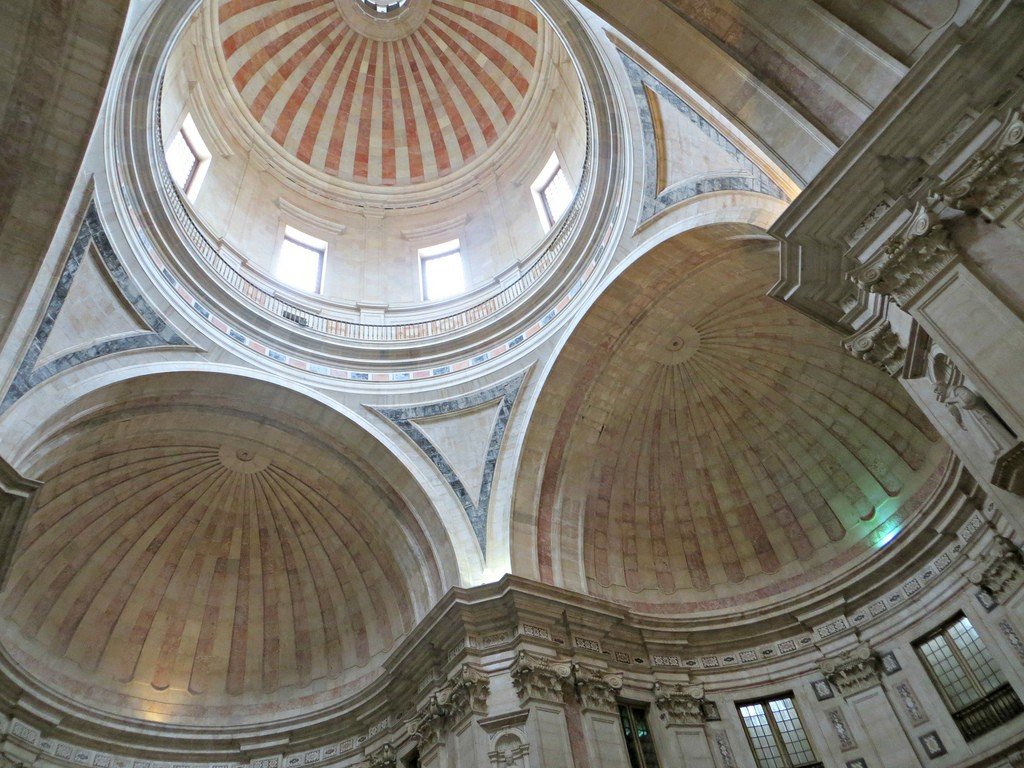
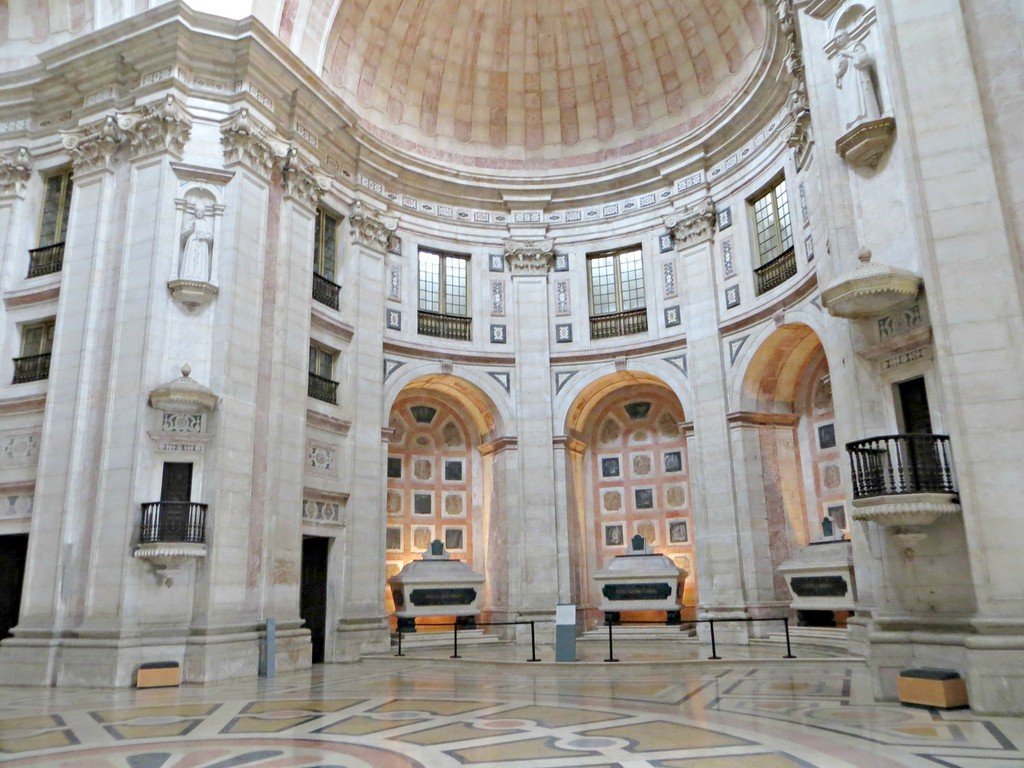
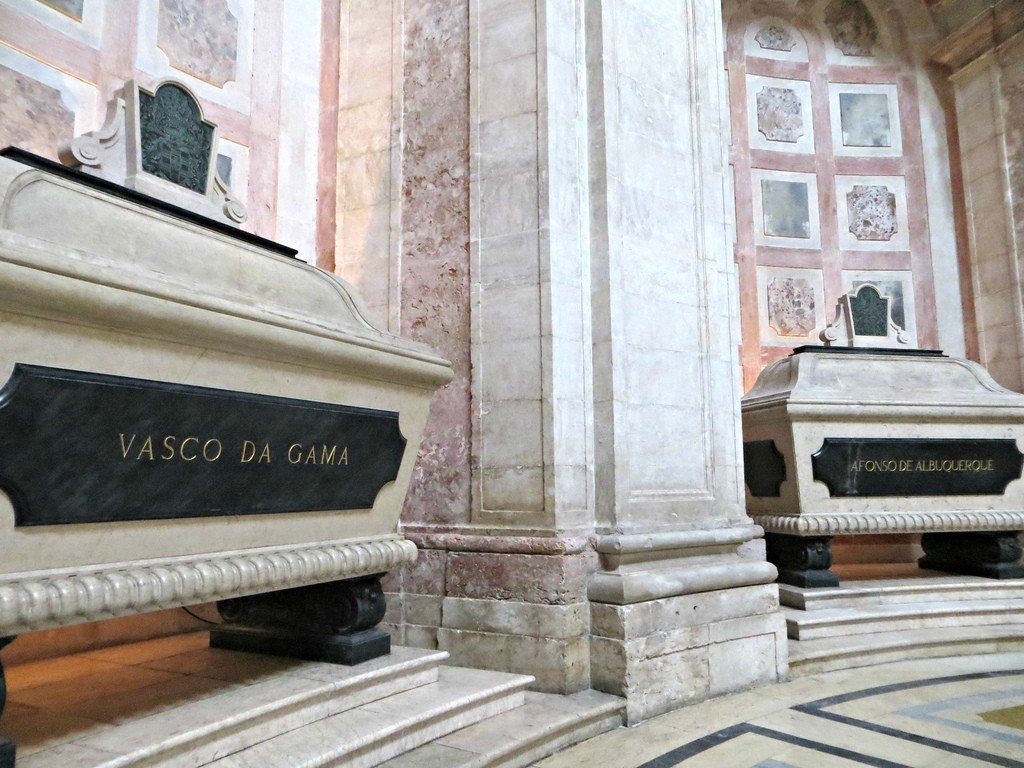
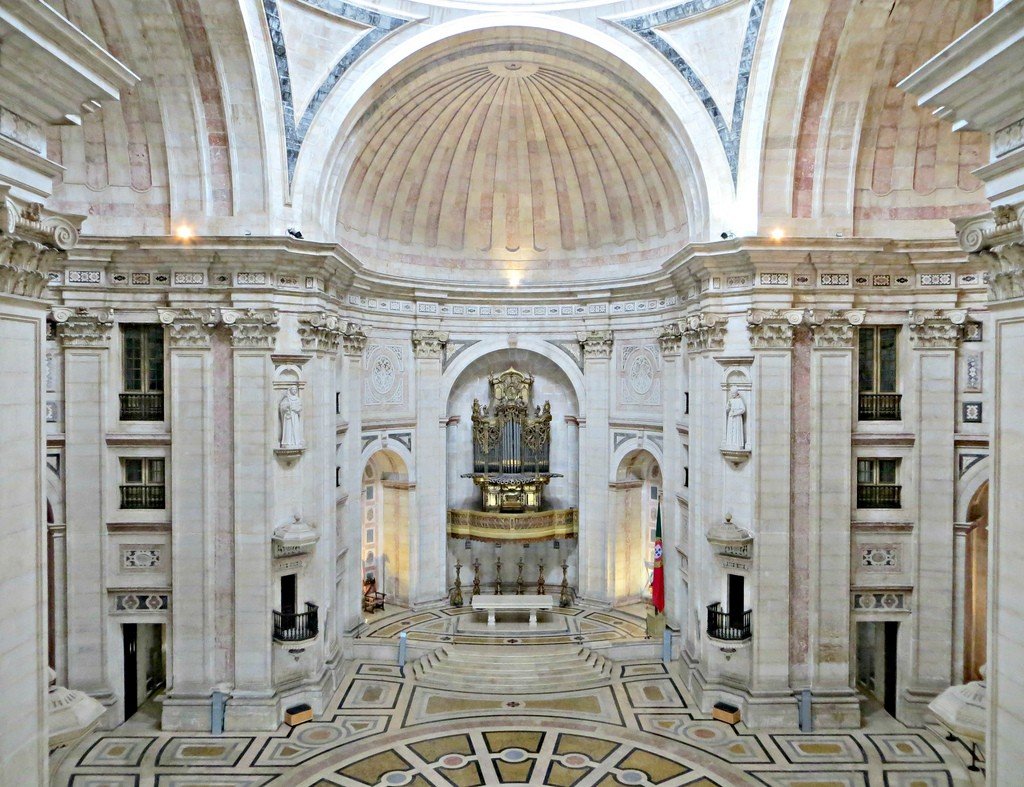
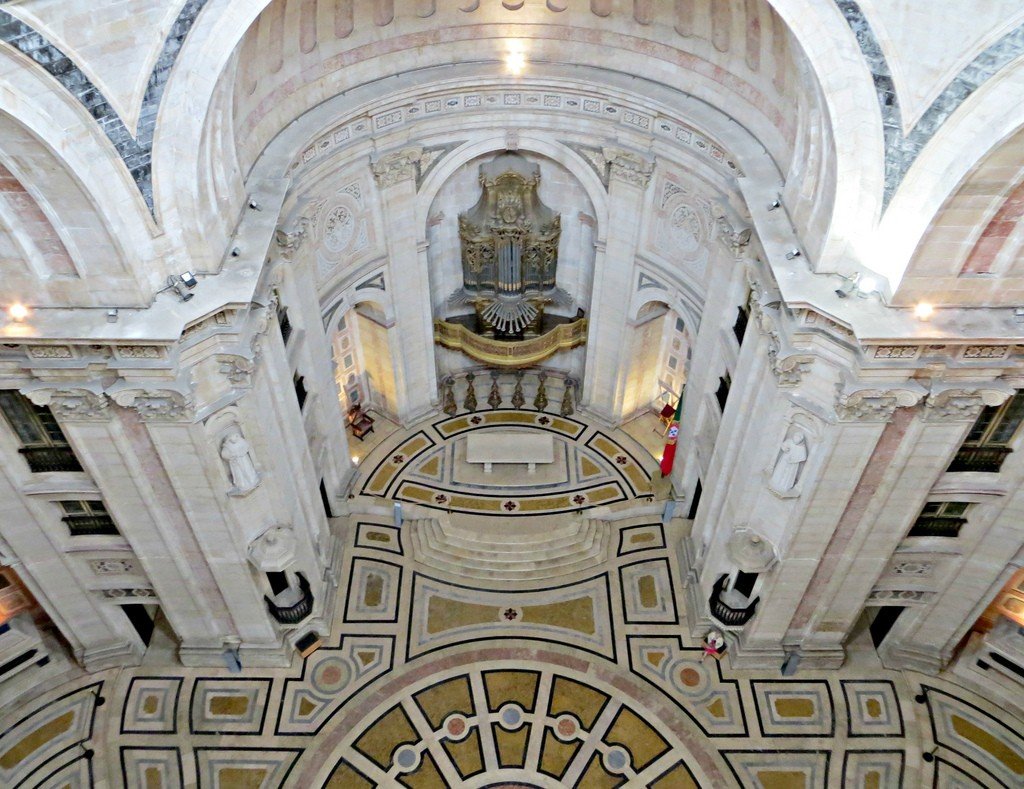
History
The church was built in the seventeenth century. Seventies. Over the next three centuries the church was constantly rebuilt. Hence the saying “the works of St. Engracia”, which in the common parlance of Lisboners means endless procrastination. Santa Engracia replaced many other churches dedicated to the martyr of the city of Braga (Braga) St. Engracia The first such church was built in 1568 with donations from Princess Maria, daughter of King Manuel the First. In 1681, after the destruction of the previous buildings, the construction of a new building began. The author of the new church was the royal architect João Antunes, one of the significant figures of Portuguese Baroque architecture.
.For 30 years, from 1682 until the architect’s death in 1712, construction of the building continued. However, King João the Fifth (King John V) lost all interest in the church, focusing all resources and efforts on the construction of a huge monastery in the city of Mafra. The church was never completed until the 20th century. This is when the expression “Santa Engrácia construction” (“Obras de Santa Engrácia”), a synonym for long or endless work, was coined. In 1966, when the dome was added to the church. it was inaugurated.João Antunes used a unique design for the church that no one in Portugal had used before him. The roof of the church is shaped like a Greek cross, flanked by square towers whose domes were never finished, and the undulating facade is in the Borromini Baroque style. Above the entrance is a hall, the facade of which has niches with statues. Entering the church, you pass through a beautiful Baroque portal, above which two angels hold the coat of arms of Portugal. The central vault of the church was only completed in the 20th century.
.The interior of the church harmonizes with the exterior. The floor and walls are decorated with colorful marble samples all in the same Baroque style. The marvelous 18th century organ was specially brought from the Lisbon Cathedral.
In 1966, during the reign of dictator Antonio De Oliveira Salazar, the church of Santa Englasia became the National Pantheon. Many famous children, presidents, writers and many others are buried here. And in honor of famous navigators (Vasco da Gama, Henry the Navigator, etc.) cenotaphs have been erected.
.